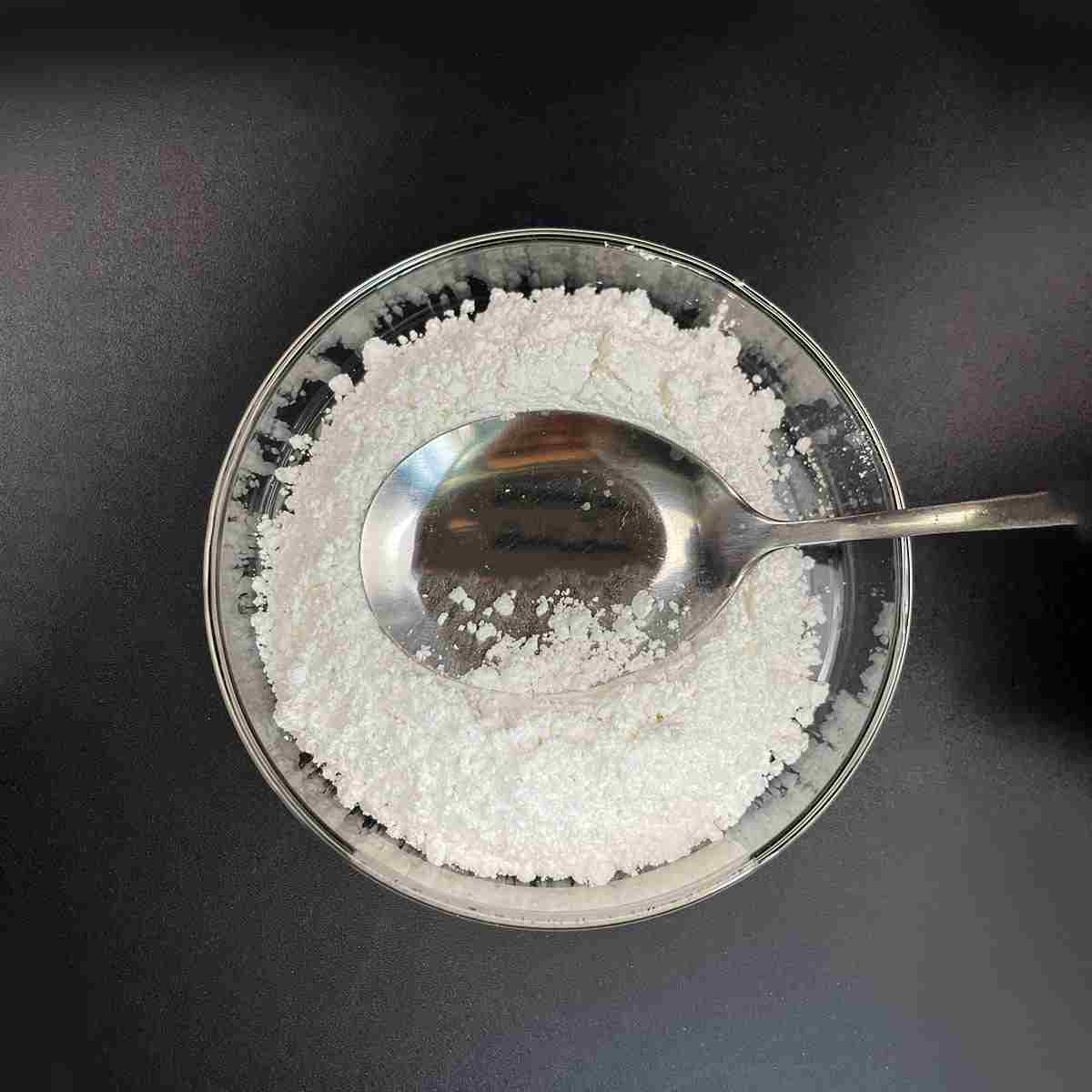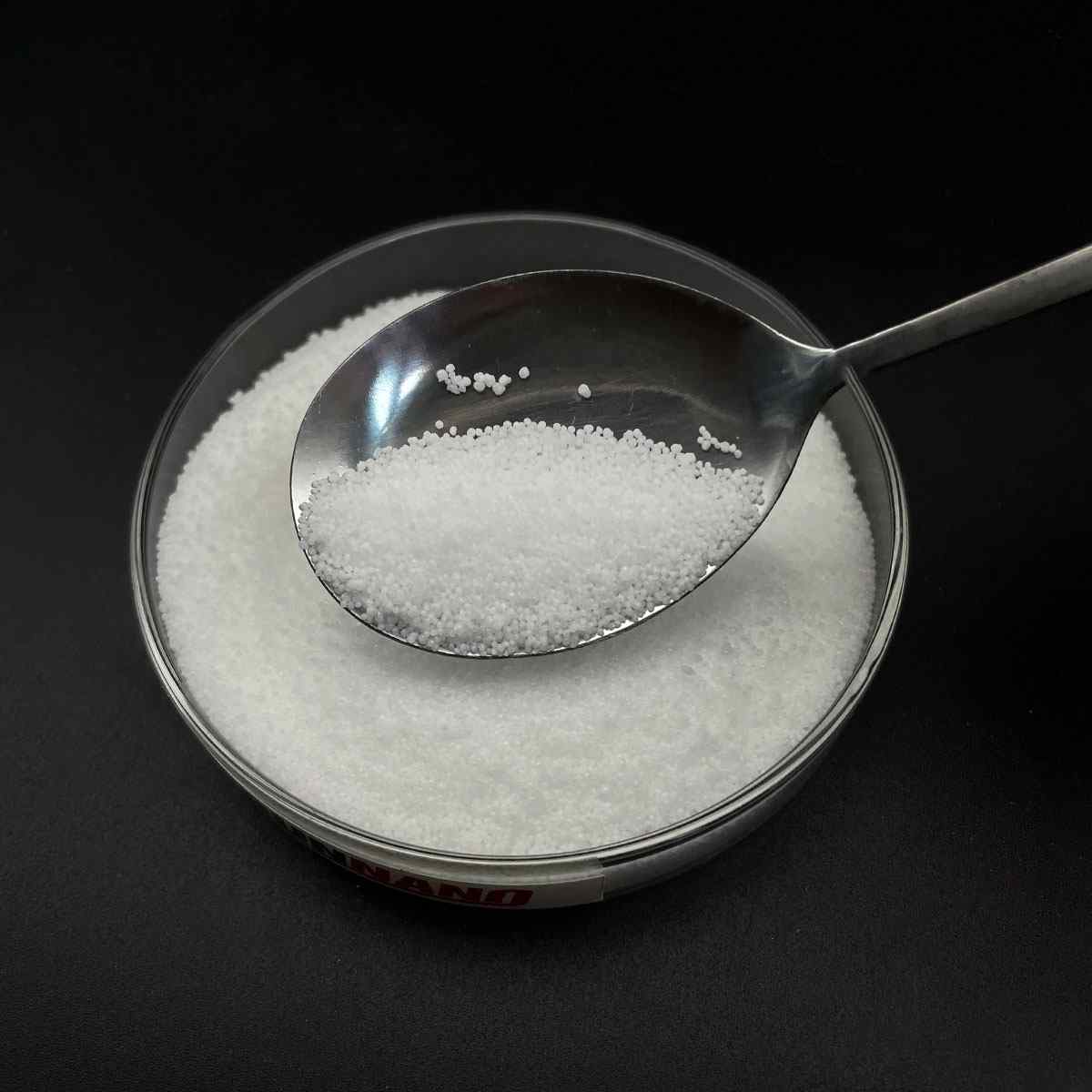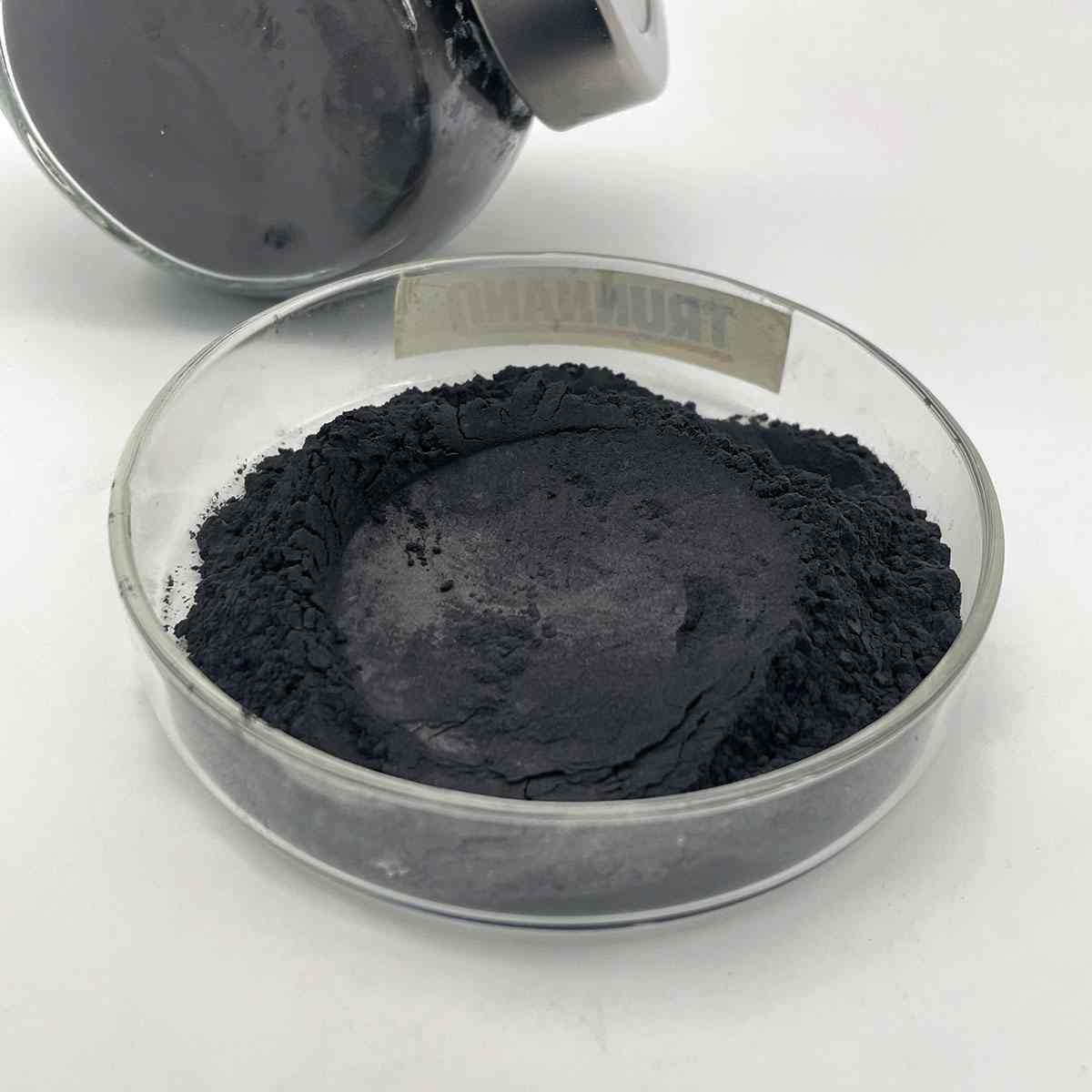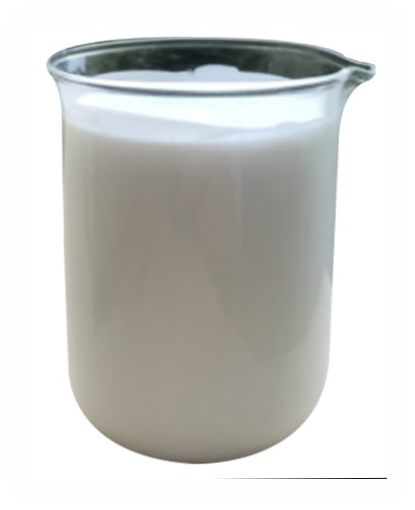Overview of Nonionic Polymer Emulsion PHPA PAM Polyacrylamide Anionic Granule Powder for Flocculant Wastewater
Nonionic surfactants are a class of surface-active agents that do not carry an electrical charge in aqueous solutions, distinguishing them from ionic surfactants like cationics and anionics. They are composed of a hydrophilic (water-loving) head group and a hydrophobic (oil-loving) tail, which allows them to reduce surface tension between fluids and facilitate interactions between substances that are normally immiscible. Their neutrality makes them stable over a wide pH range and compatible with other types of surfactants, making them highly versatile in numerous applications.
Features of Nonionic Polymer Emulsion PHPA PAM Polyacrylamide Anionic Granule Powder for Flocculant Wastewater
-
Neutral Charge: Lack of charge leads to compatibility with both anionic and cationic substances, reducing the risk of precipitation or instability in formulations.
-
Wide pH Stability: Function effectively across a broad pH range, making them suitable for diverse chemical environments.
-
Solubility: Readily soluble in both water and organic solvents, enhancing their utility in cleaning, emulsification, and dispersion processes.
-
Low Foam Profile: Many nonionic surfactants generate less foam compared to their ionic counterparts, beneficial in applications where excessive foam is undesirable.
-
Wetting and Spreading: Excellent at reducing surface tension, promoting wetting and spreading of liquids on surfaces, improving cleaning and coating processes.
-
Emulsification: Efficiently stabilize oil-in-water or water-in-oil emulsions, depending on their structure, which is crucial in formulations like cosmetics, agrochemicals, and food products.

(Nonionic Polymer Emulsion PHPA PAM Polyacrylamide Anionic Granule Powder for Flocculant Wastewater)
Specification of Nonionic Polymer Emulsion PHPA PAM Polyacrylamide Anionic Granule Powder for Flocculant Wastewater
Nonionic Polymer Solution PHPA PAM Polyacrylamide Anionic Granule Powder is a high-performance flocculant developed for efficient wastewater therapy across industrial, community, and ecological applications. This product is available in two types: a nonionic polymer solution and an anionic granule powder, dealing with diverse wastewater treatment demands.
** Nonionic Polymer Emulsion Specifications **:.
– ** Physical State **: Fluid emulsion with a milky-white look.
– ** Strong Material **: 30– 50%, making certain effective dosing and diffusion.
– ** Thickness **: Adjustable in between 500– 5000 mPa · s for optimum flow and application.
– ** pH Security **: Runs efficiently in a wide pH variety (3– 10).
– ** Ionic Nature **: Nonionic, making it suitable for systems with high salinity or variable ionic material.
– ** Solubility **: Fast dissolution in water, creating an uniform solution.
– ** Molecular Weight **: 10– 20 million Daltons, supplying solid linking and adsorption for flocculation.
** Anionic Granule Powder Specs **:.
– ** Physical State **: Free-flowing white or beige granules.
– ** Particle Dimension **: 80– 100 mesh for regulated solubility and handling.
– ** Ionic Fee **: Anionic (10– 40% hydrolysis level), maximized for positively billed colloidal particles.
– ** Molecular Weight **: 15– 25 million Daltons, making sure high flocculation performance.
– ** Solubility **: Liquifies within 60– 90 minutes in water with anxiety.
– ** pH Range **: Suitable with pH 5– 14, ideal for alkaline wastewater.
– ** Dosage **: 0.1– 10 ppm, adjustable based on turbidity and pollutant load.
** Applications **:.
– Clears up commercial effluents (mining, fabrics, oil/gas) by agglomerating suspended solids, steels, and organic matter.
– Decreases sludge quantity in metropolitan wastewater plants.
– Improves sedimentation and purification in drinkable water treatment.
** Key Advantages **:.
– High performance in turbidity decrease and contaminant removal.
– Affordable due to low dose needs.
– Environmentally risk-free, biodegradable, and non-toxic at suggested levels.
** Storage & Handling **:.
– Shop granules in a cool, dry place; solution must prevent freezing.
– Use PPE throughout dealing with to stop dirt or fluid contact.
– Life span: 12– 24 months in secured containers.
This PHPA PAM product supplies adaptability, dependability, and versatility to complex wastewater problems, ensuring conformity with environmental discharge standards.

(Nonionic Polymer Emulsion PHPA PAM Polyacrylamide Anionic Granule Powder for Flocculant Wastewater)
Applications of Nonionic Polymer Emulsion PHPA PAM Polyacrylamide Anionic Granule Powder for Flocculant Wastewater
Nonionic Polymer Solution PHPA PAM Polyacrylamide Anionic Granule Powder is a flexible flocculant widely made use of in wastewater therapy throughout markets. Its unique buildings make it possible for reliable solid-liquid separation, making it optimal for clarifying water, minimizing sludge quantity, and getting rid of impurities. The product is readily available in nonionic and anionic forms, each tailored to specific wastewater problems.
** Nonionic Polymer Solution ** excels in dealing with wastewater with low ionic toughness or neutral pH. Its uncharged molecular structure permits it to form hydrogen bonds with put on hold bits, organic matter, and colloids. This makes it reliable in local sewer treatment, food handling, and textile markets, where neutral or weakly charged toxins control. The emulsion kind makes certain quick dissolution and consistent dispersion, boosting flocculation efficiency.
** Anionic Granule Powder **, stemmed from partially hydrolyzed polyacrylamide (PHPA), brings an adverse fee. It carries out ideally in alkaline wastewater with high focus of not natural solids, such as mining, metallurgy, and oilfield procedures. The anionic groups bring in positively billed fragments by means of charge neutralization, connecting suspended solids into thick, settleable flocs. This reduces turbidity, heavy steels, and chemical oxygen demand (COD) in commercial effluents.
Both variations serve as coagulant aids, enhancing the efficiency of key coagulants like light weight aluminum sulfate or ferric chloride. They improve sedimentation, filtration, and centrifugation processes while minimizing chemical usage and functional costs. In sludge dewatering, these polymers raise cake solids web content, reducing disposal expenses.
Secret advantages consist of high effectiveness at low does, versatility to differing water high qualities, and compatibility with automated dosing systems. They are environmentally risk-free when used correctly, weakening right into non-toxic results. Applications encompass paper manufacturing, coal cleaning, and agriculture overflow therapy, where they deal with suspended solids, dyes, and organic pollutants.
By speeding up fragment aggregation and boosting water clarity, Nonionic Polymer Solution PHPA PAM Anionic Granule Powder sustains sustainable wastewater administration, making certain compliance with discharge regulations and advertising water reuse. Its reliability and cost-effectiveness make it a recommended choice for sectors aiming to optimize therapy processes and reduce ecological effect.
Company Profile
SurfactantChina is a trusted global chemical material supplier & manufacturer with over 12-year-experience in providing super high-quality surfactant and relative products.
The company has a professional technical department and Quality Supervision Department, a well-equipped laboratory, and equipped with advanced testing equipment and after-sales customer service center.
If you are looking for high-quality surfactant and relative products, please feel free to contact us or click on the needed products to send an inquiry.
Payment Methods
L/C, T/T, Western Union, Paypal, Credit Card etc.
Shipment
It could be shipped by sea, by air, or by reveal ASAP as soon as repayment receipt.
5 FAQs of Nonionic Polymer Emulsion PHPA PAM Polyacrylamide Anionic Granule Powder for Flocculant Wastewater
**1. What is Nonionic Polymer Emulsion PHPA PAM Polyacrylamide Anionic Granule Powder?**
This product is a versatile flocculant used in wastewater treatment, available in two forms: nonionic polymer emulsion (liquid) and anionic polyacrylamide (PHPA/PAM) granule powder. It efficiently separates suspended solids from water by clumping particles, making it ideal for industries like mining, municipal water treatment, and industrial processing. The nonionic type suits neutral or variable pH conditions, while the anionic variant targets positively charged contaminants.
**2. How does it work as a flocculant?**
The polymer chains bind to suspended particles via adsorption and bridging, forming larger clusters (flocs) that settle or float for easy removal. Nonionic types rely on hydrogen bonding, while anionic granules use electrostatic attraction. This process clarifies wastewater, reduces turbidity, and improves filtration efficiency, ensuring compliance with environmental discharge standards.
**3. What’s the difference between nonionic and anionic types?**
Nonionic polymers lack charge, making them effective in neutral or high-salinity water with varying pH. Anionic PAM carries a negative charge, ideal for binding positively charged particles like metals or organic matter. Selection depends on wastewater chemistry—nonionic for complex or unstable conditions, anionic for cationic-heavy effluents.
**4. How is the correct dosage determined?**
Dosage depends on wastewater composition, particle concentration, and pH. Start with small doses (0.1–1 ppm) and adjust via jar testing. Overdosing can increase viscosity or redisperse flocs. Consult technical guidelines or conduct lab trials for optimization, balancing efficacy and cost-efficiency.
**5. Are there safety or storage guidelines?**
Wear gloves and goggles when handling. Store emulsions in frost-free areas (5–40°C) and powders in sealed, dry containers. Shelf life is 12–24 months. Avoid inhalation or skin contact; rinse thoroughly if exposed. Dispose of unused product per local regulations to prevent environmental harm. Non-toxic when diluted but requires careful handling in concentrated form.

(Nonionic Polymer Emulsion PHPA PAM Polyacrylamide Anionic Granule Powder for Flocculant Wastewater)





